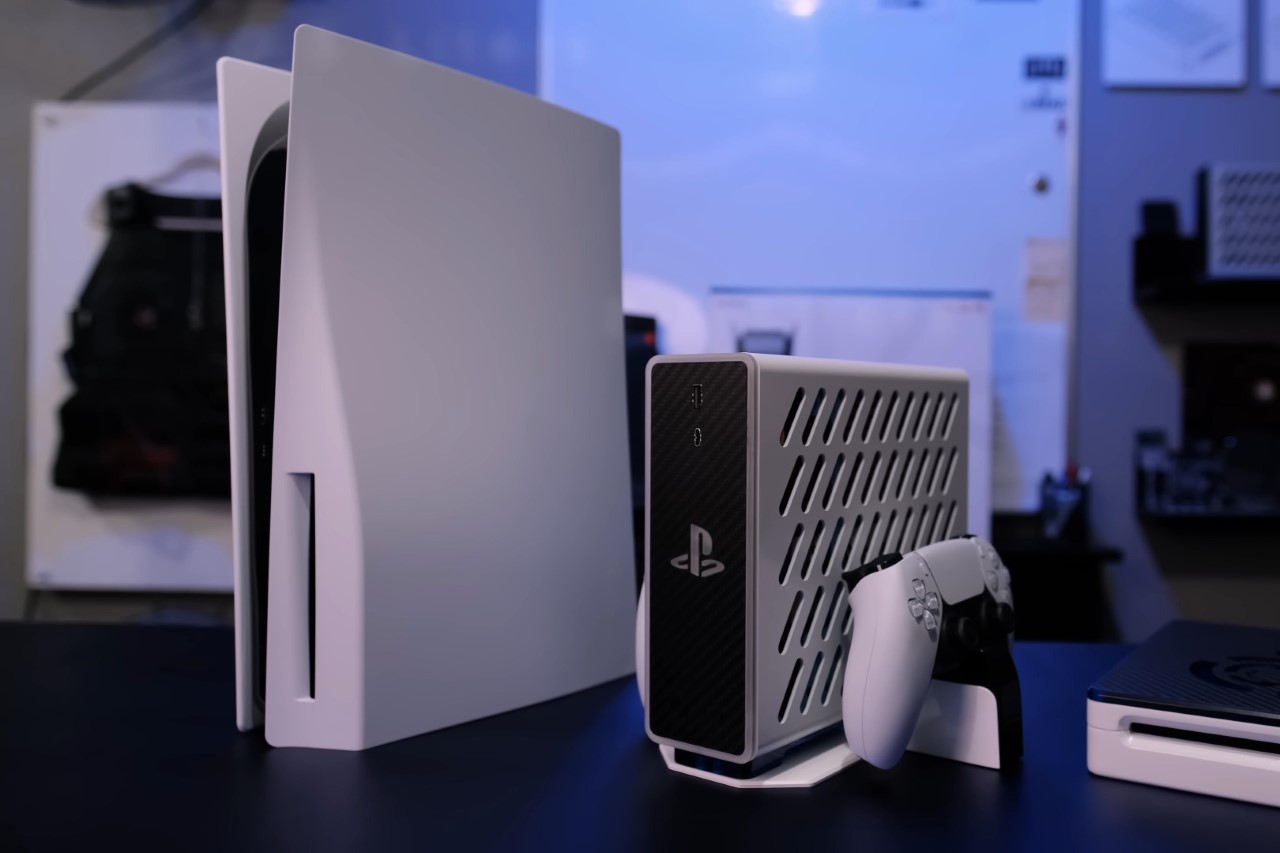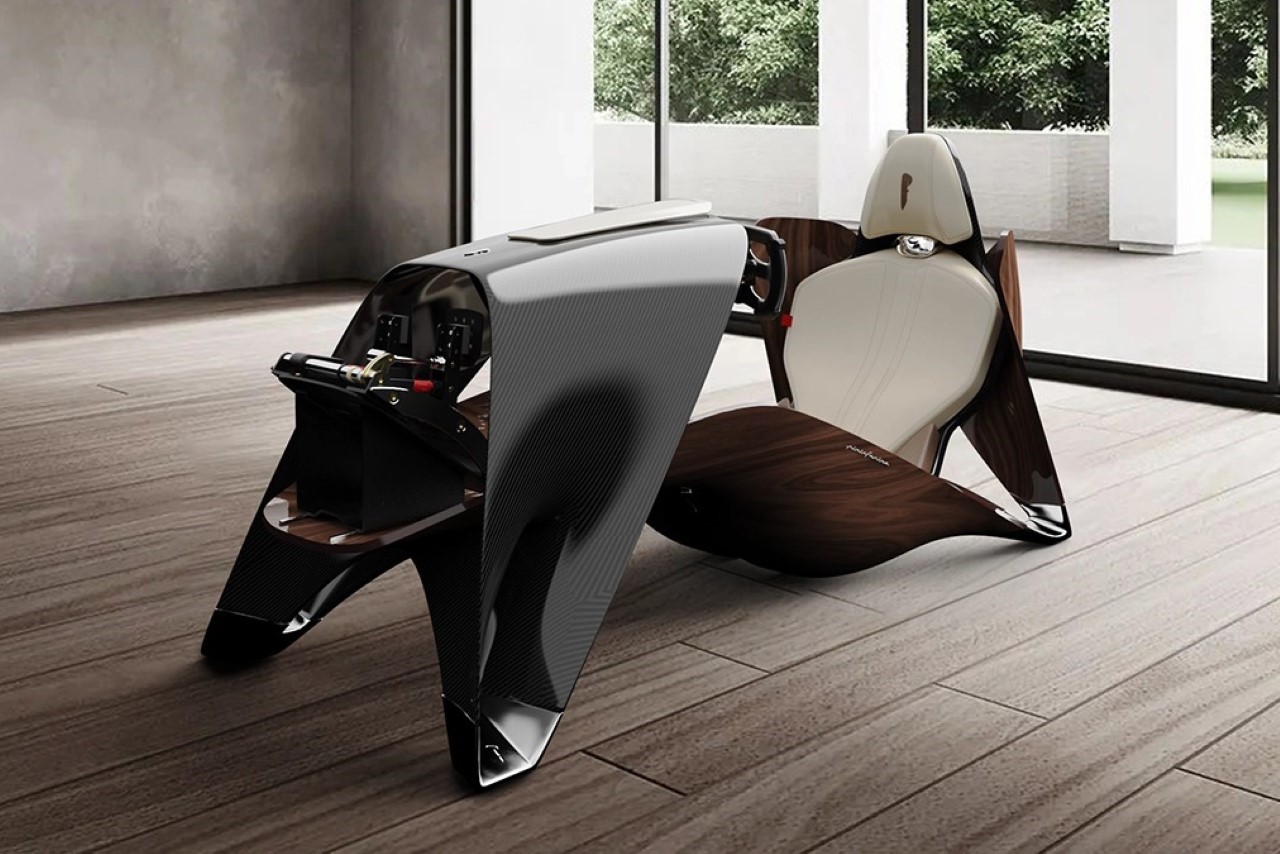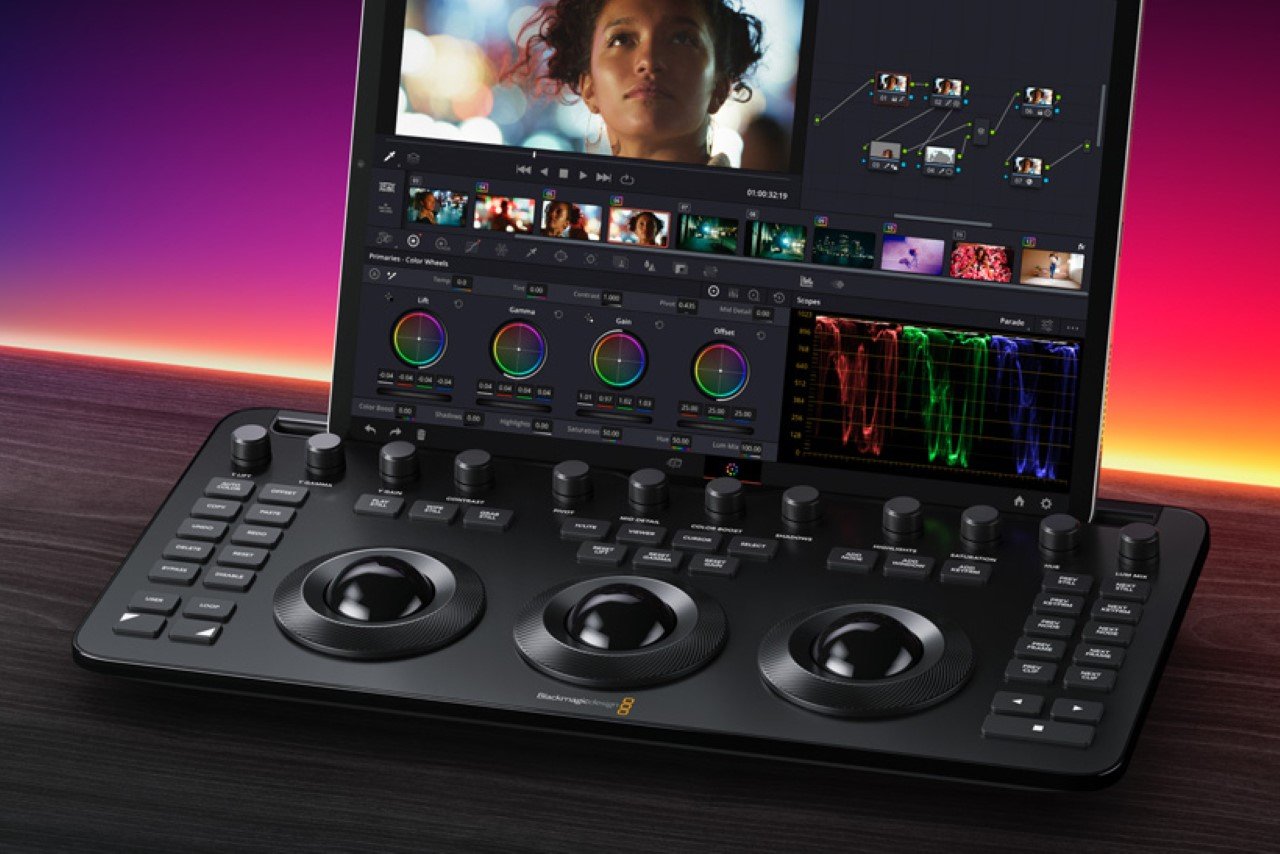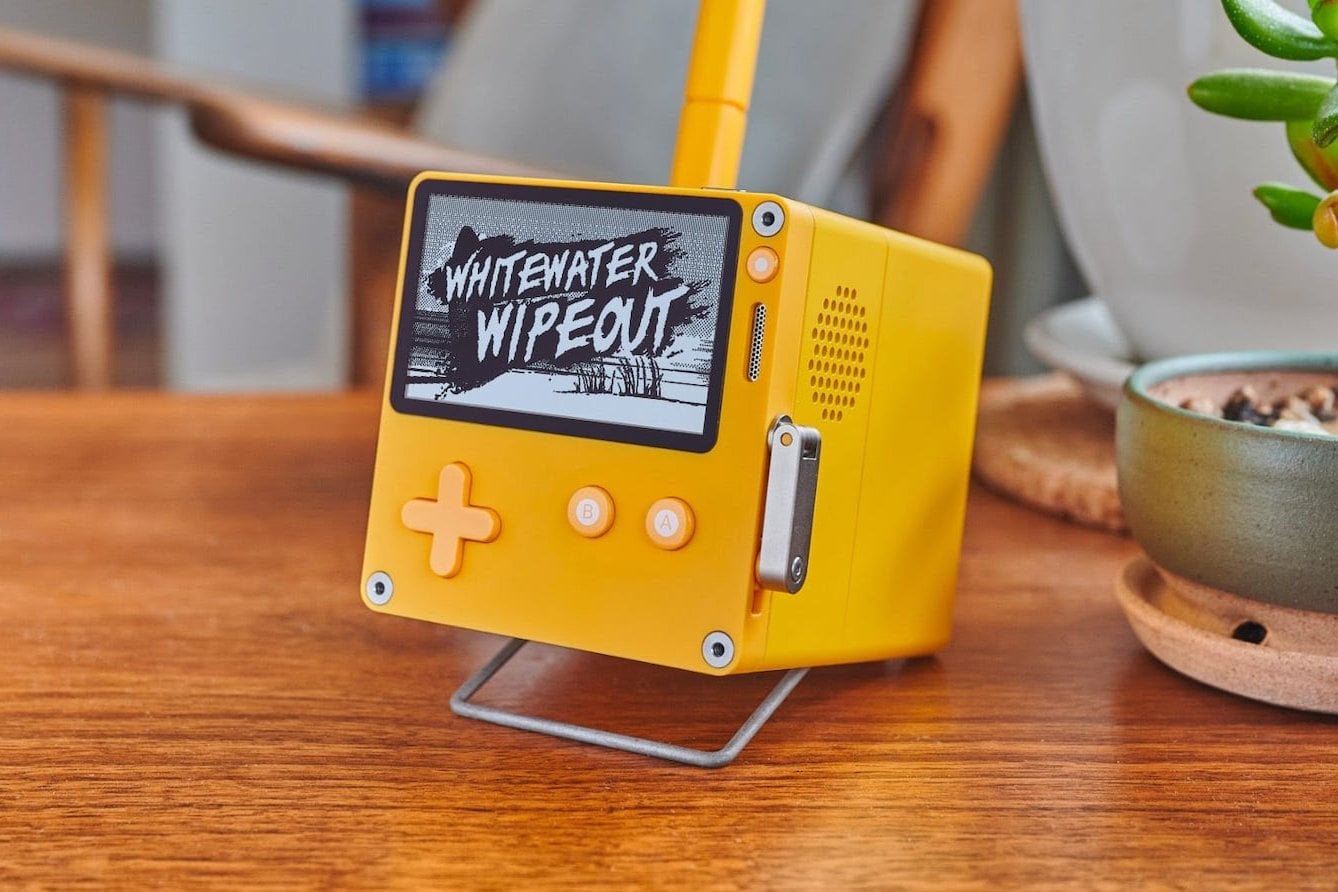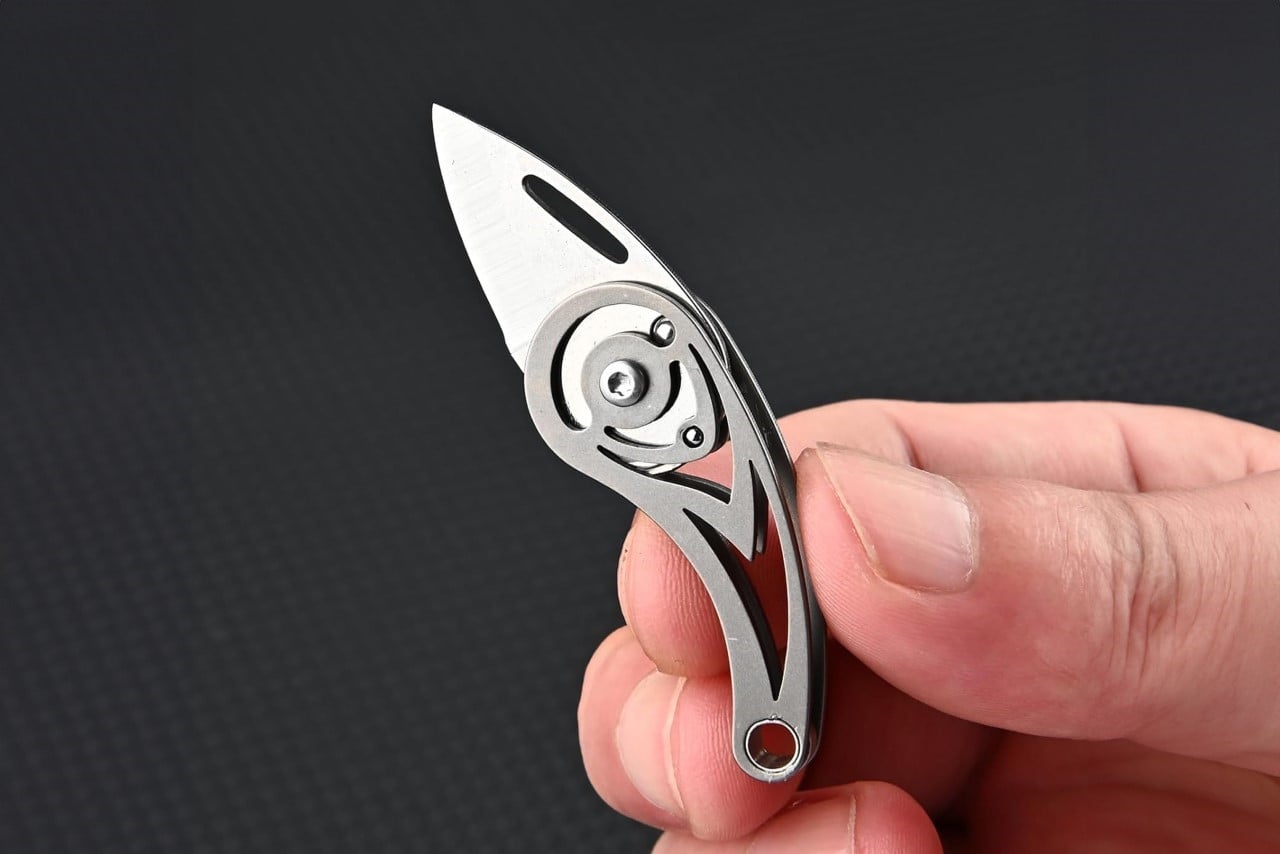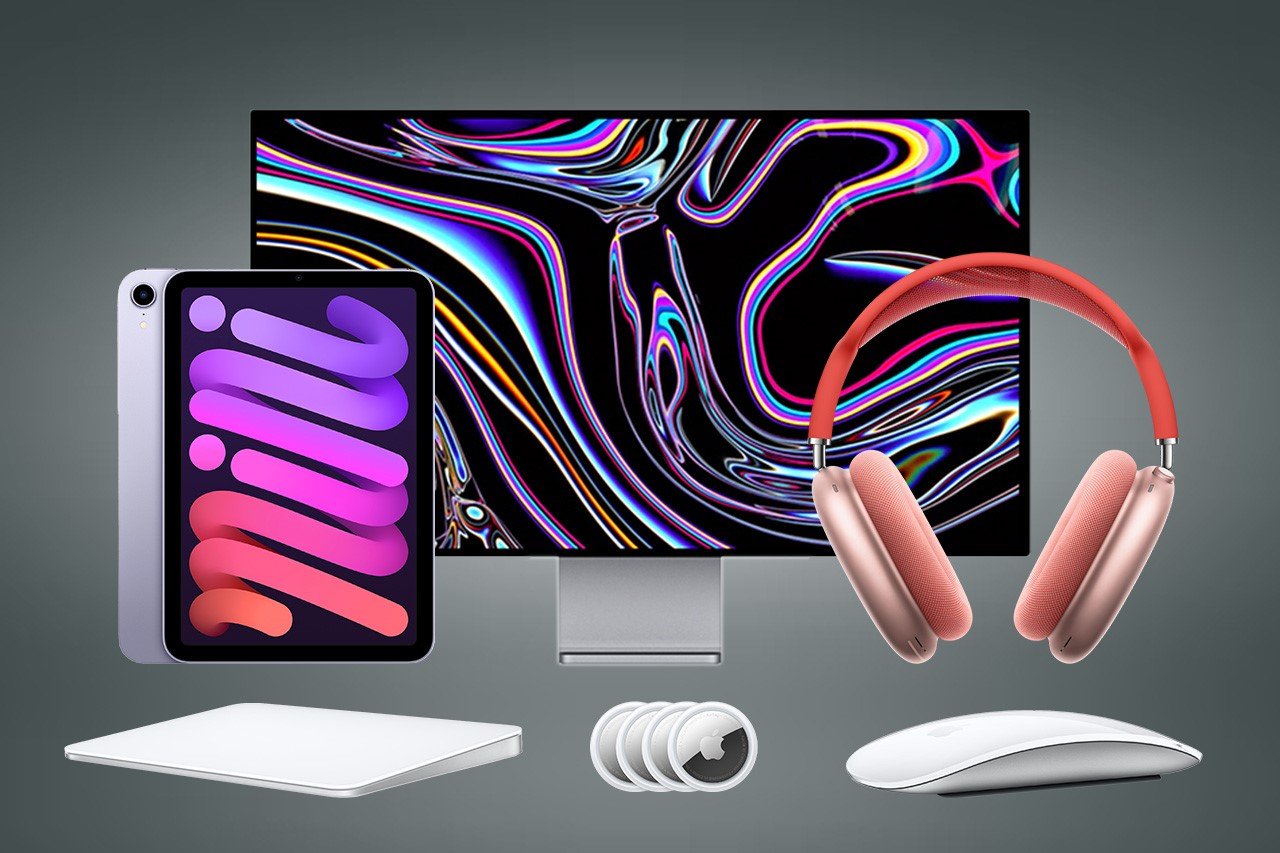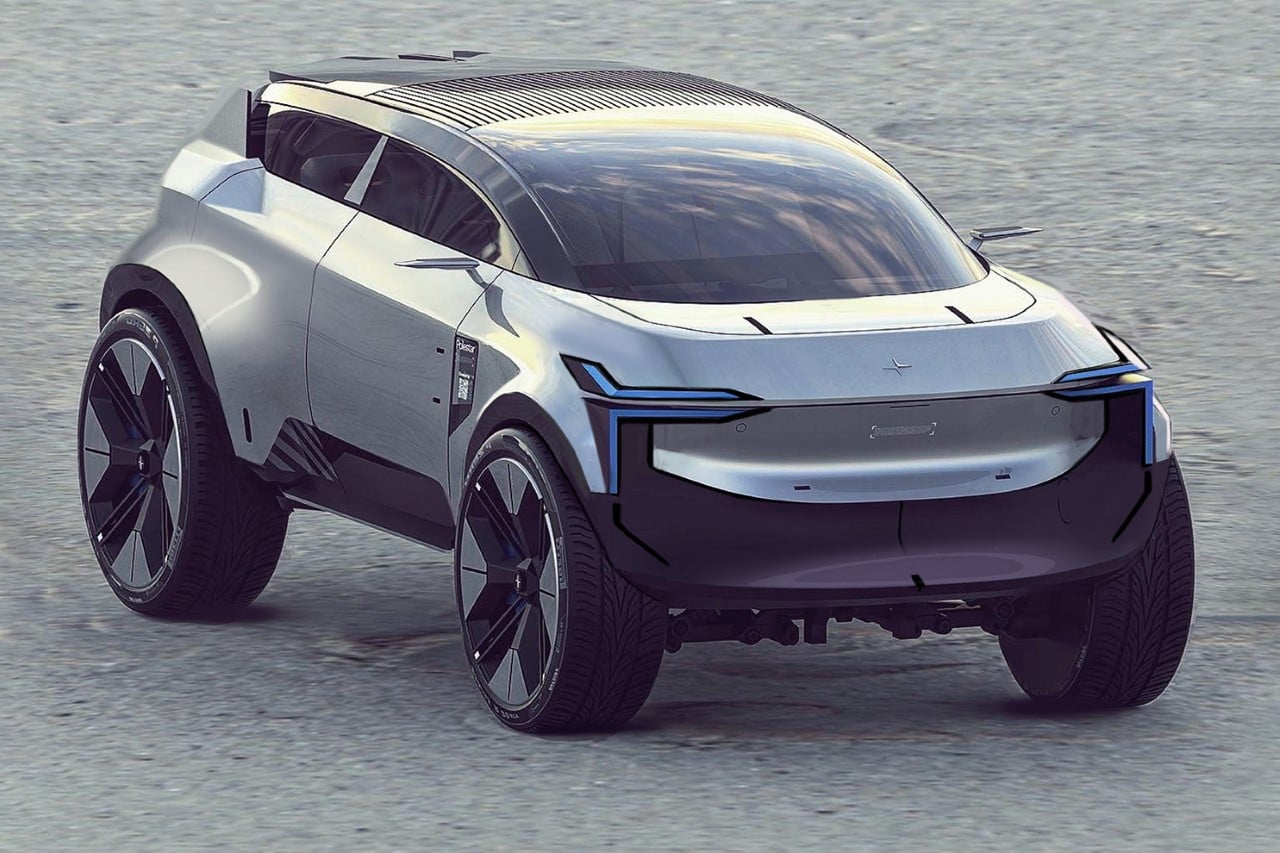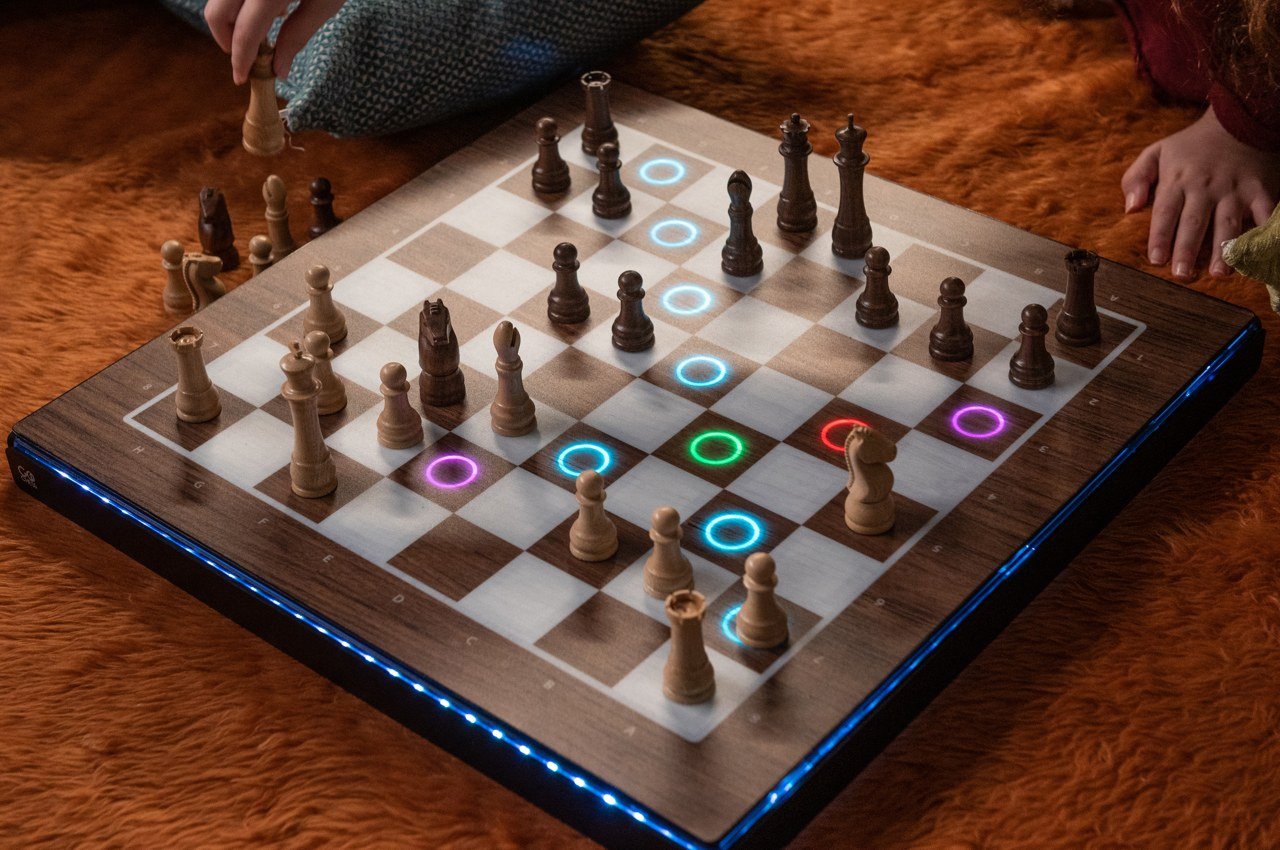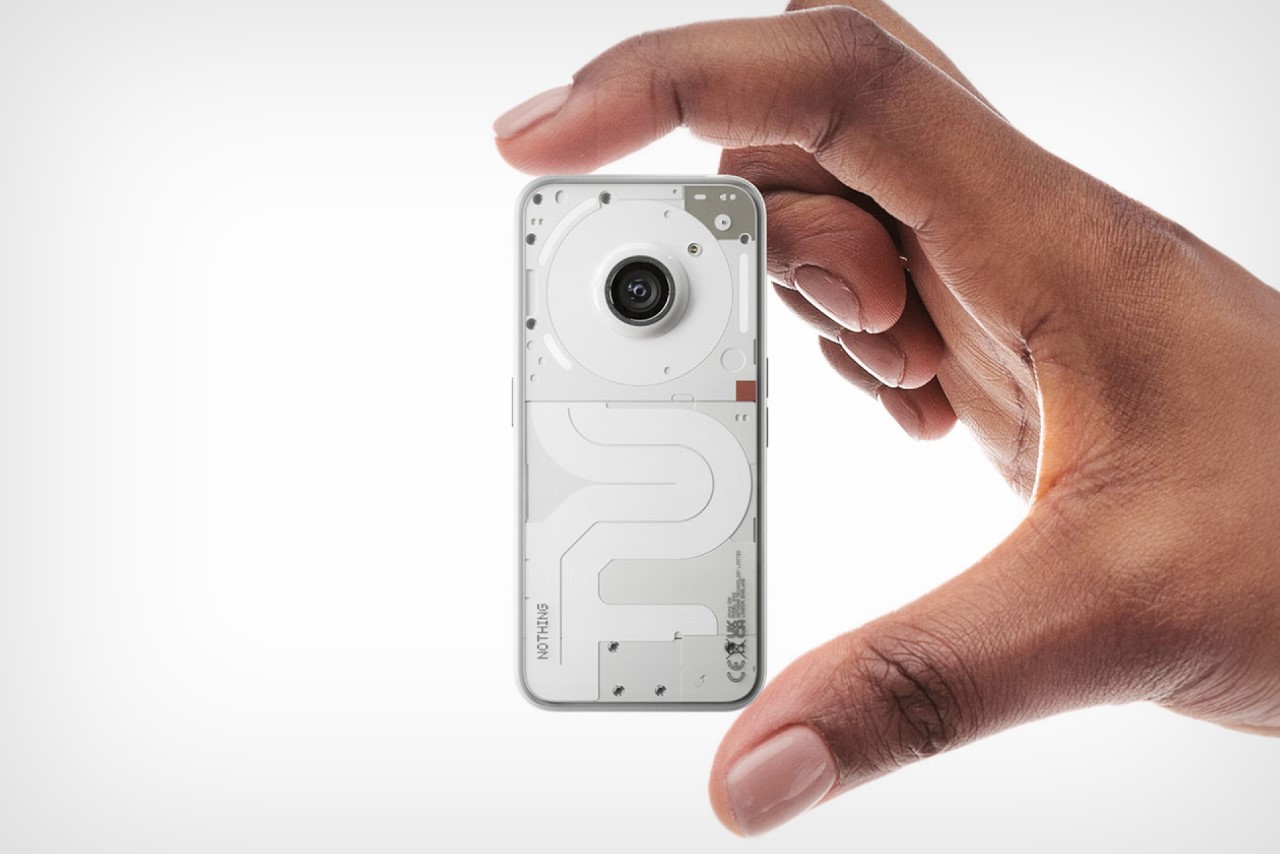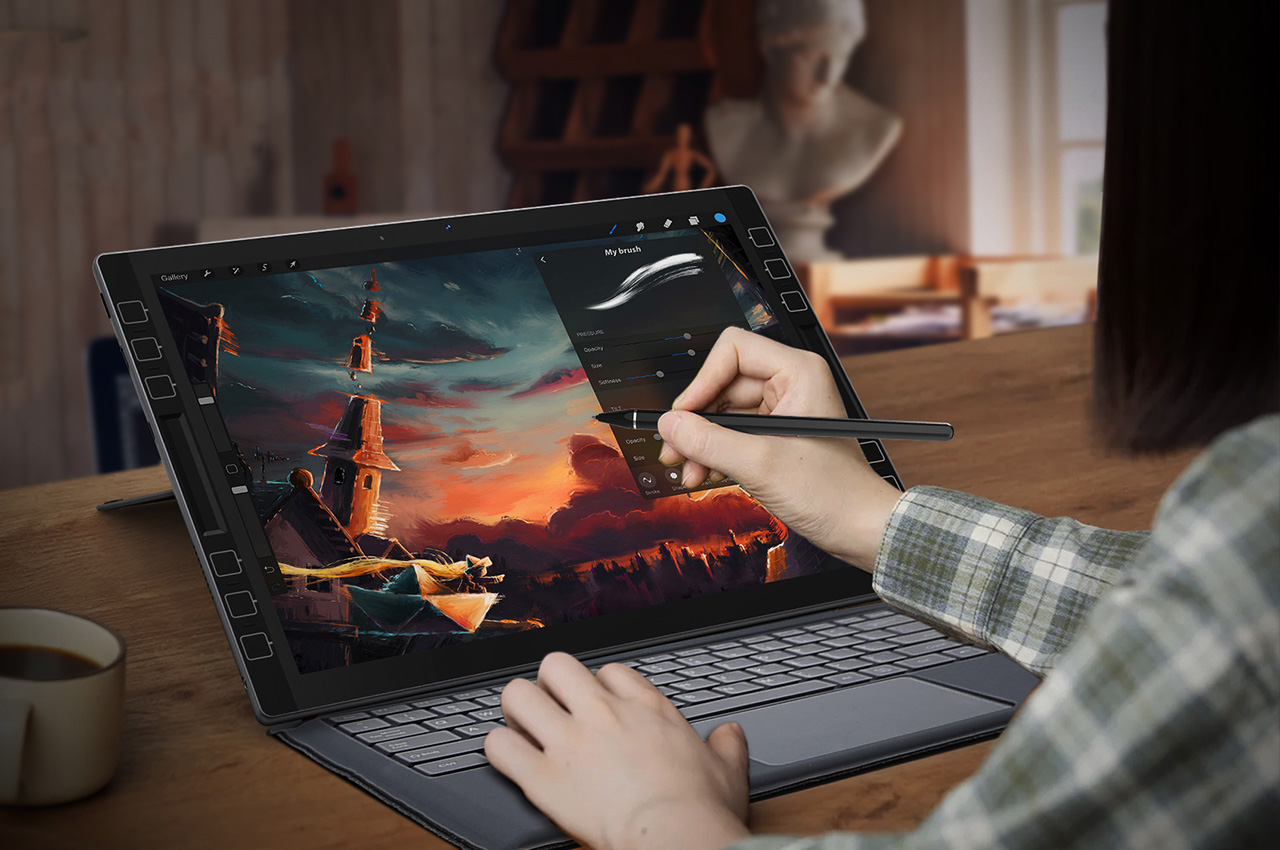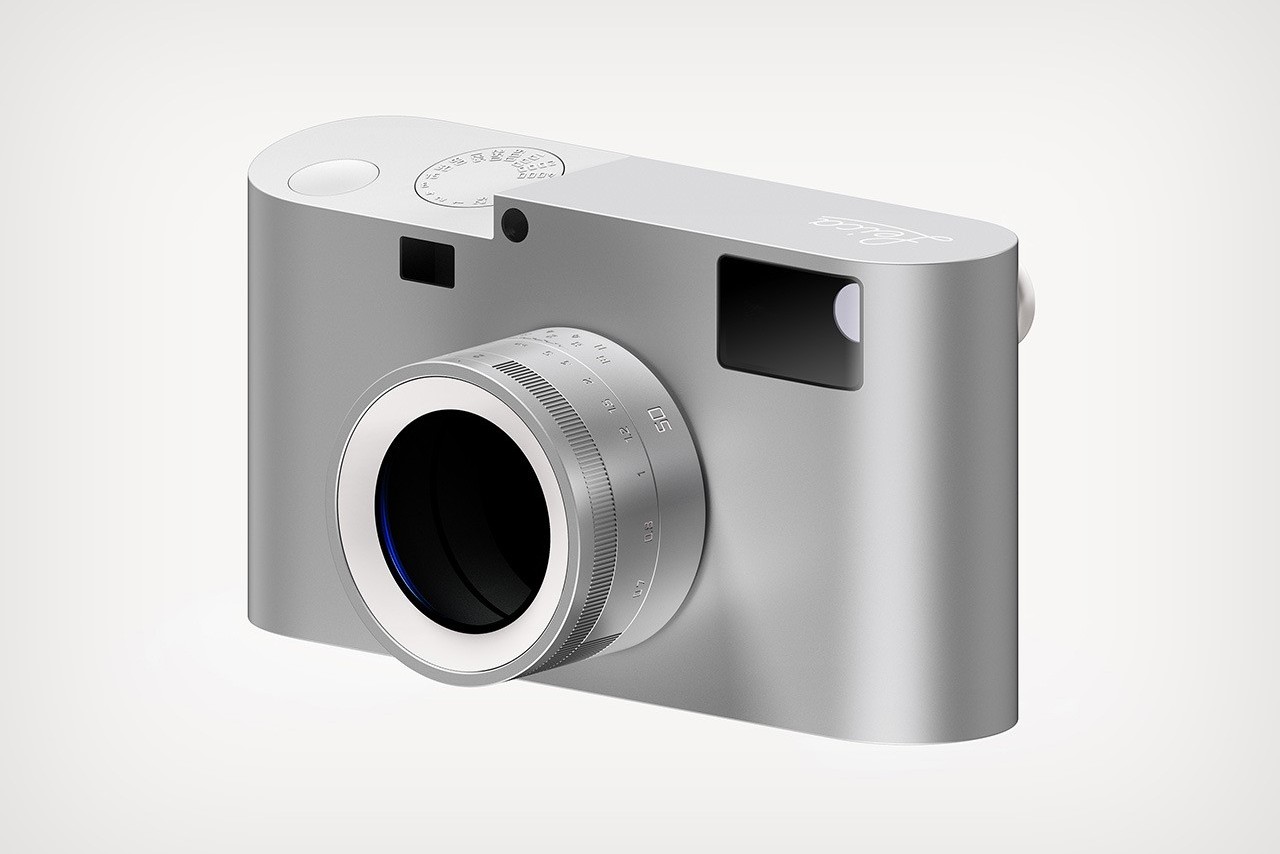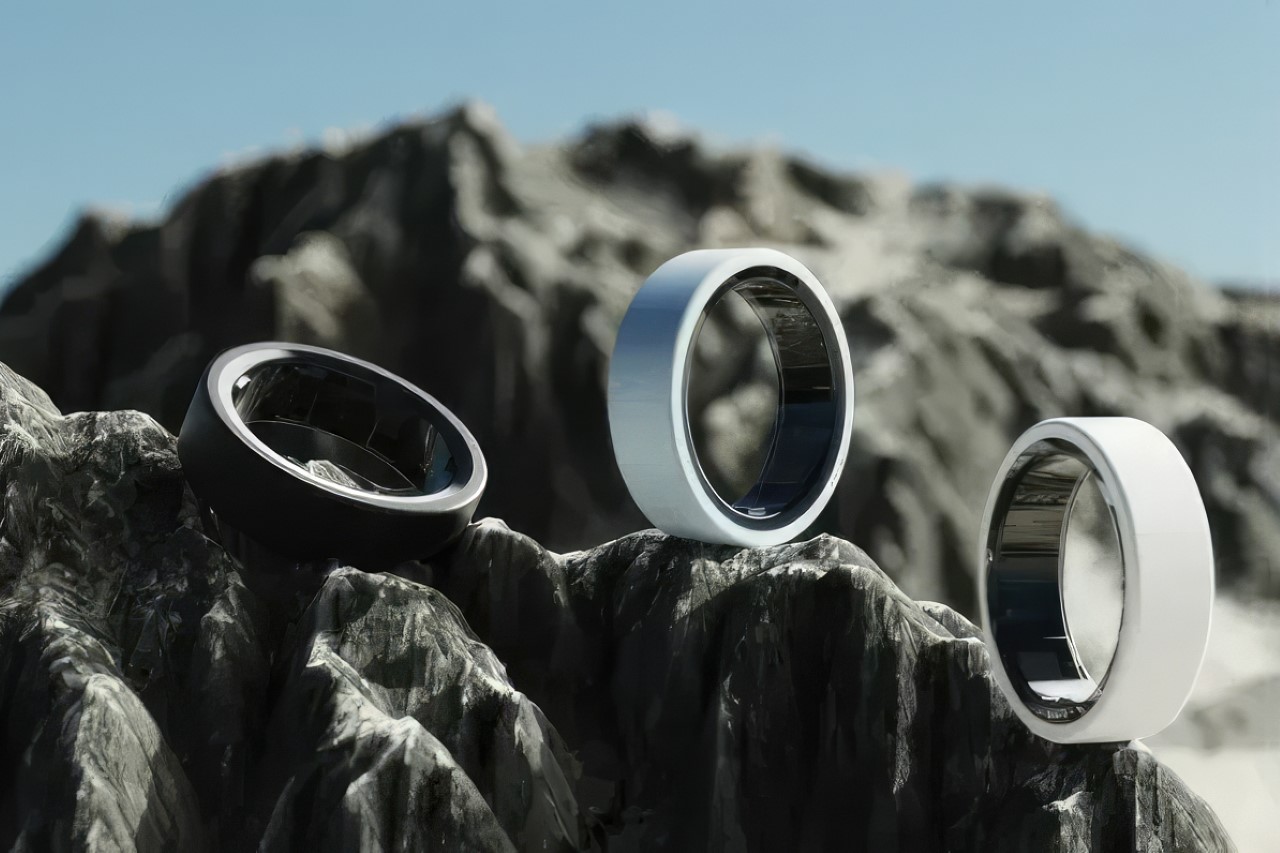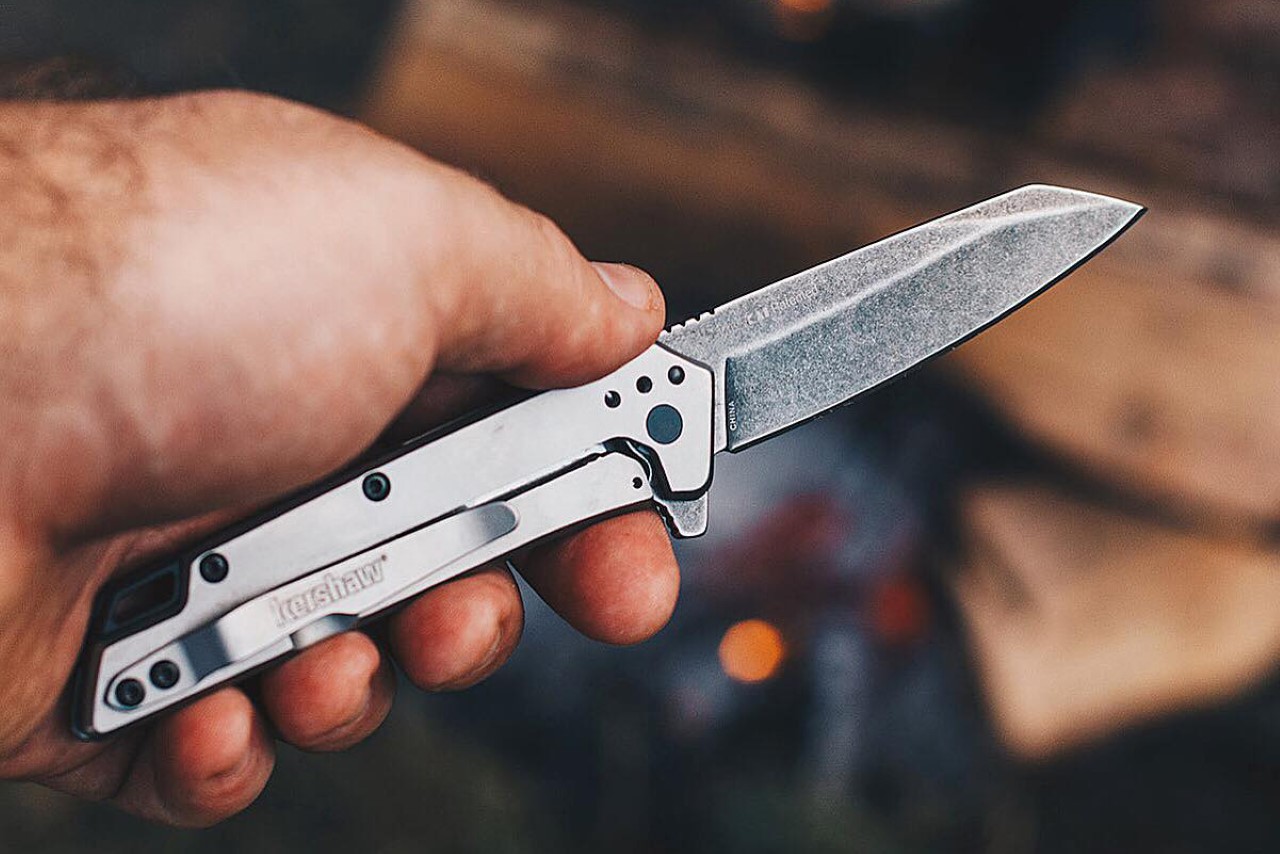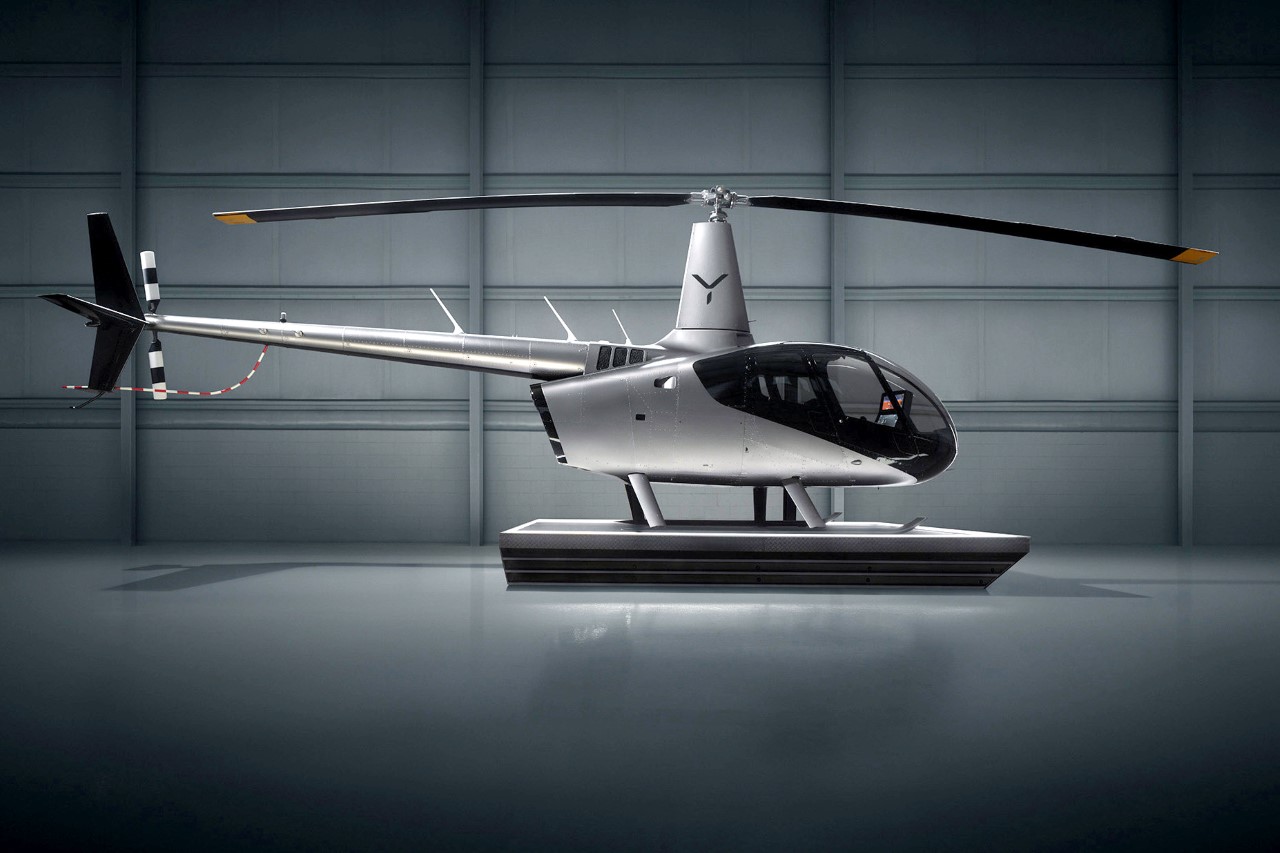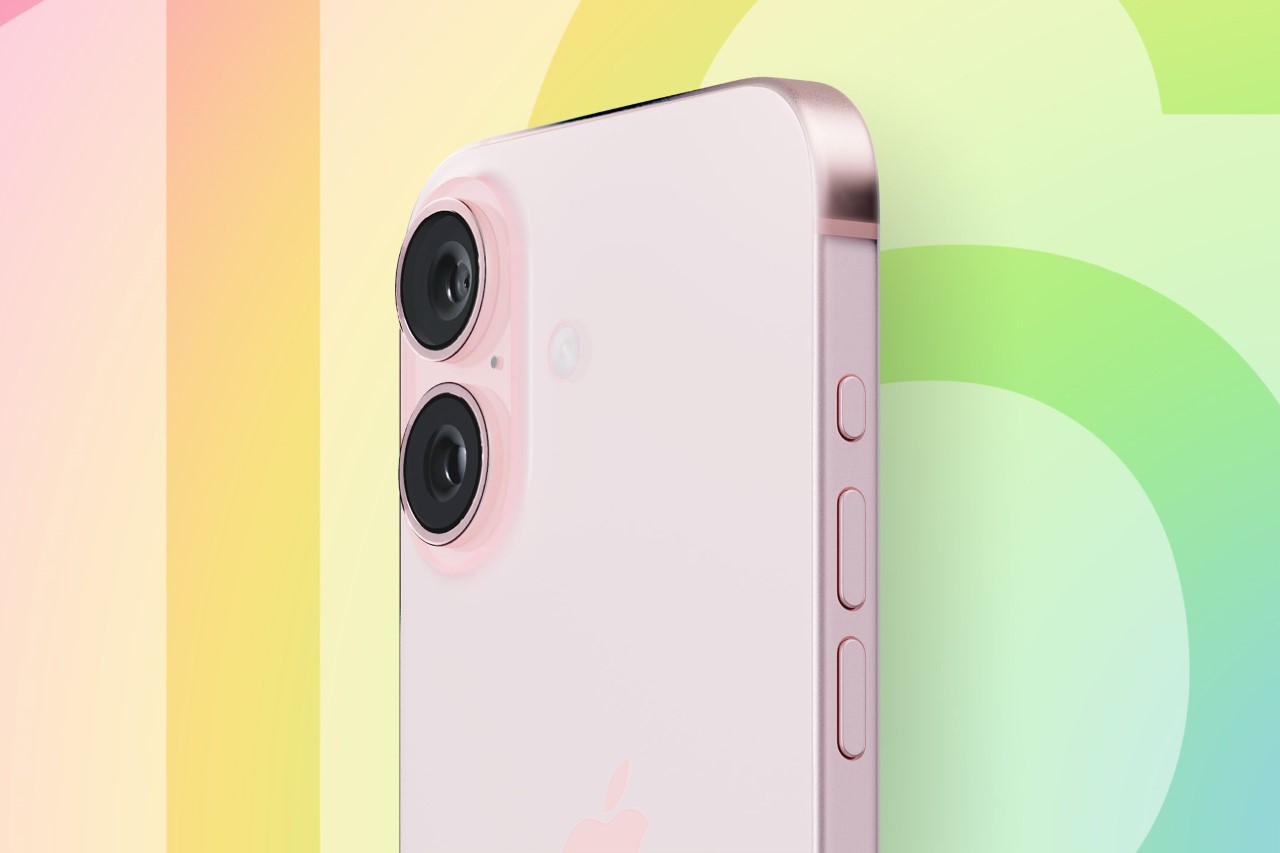The World’s First Portable Espresso Maker with its own Water Heater lets you Brew Coffee literally anywhere
Dubbed the OutIn Nano, this little flask-shaped beauty is your key to a golden cup of coffee literally anywhere. Use it indoors, outdoors, or even in the sky – the OutIn Nano Portable Espresso Maker lets you pull a shot of espresso anywhere, letting you relish your coffee whenever you want. Even equipped with its own water heater, the Nano will warm up your water as it brews the coffee, which means you really don’t need anything apart from an empty cup and a caffeine craving.
Designer: OutIn
![]()
![]()
The OutIn Nano is perhaps the only portable espresso maker that will heat your water for you. Sure, other portable espresso makers boast a compact design, but every single one of them needs you to add your own hot water. That really isn’t a concern for the OutIn Nano, which has its own heating coil that ensures you get a perfect espresso shot even if all you have is tap water or mineral water around. The vertical flask-shaped design lets you add water to the top, and either a Nespresso or Keurig pod at the bottom, or a small puck filled with your own coffee grounds. A single-button interface gets your coffee brewing, and a built-in pump extracts your espresso right into the OutIn Nano’s cap, which serves as a nifty cup.
![]()
![]()
A 7500mAh battery powers the OutIn Nano, heating up water in just 200 seconds. Alternatively, you could just add hot water the way you would with any other portable espresso maker and that should speed up the process. The battery life also significantly differs between cold and hot water, with the OutIn Nano brewing 5 cups of coffee if you add cold water and rely on the built-in water heater feature, or a stunning 200 cups of coffee on a full battery if you use pre-heated water.
![]()
The resulting coffee is deliciously authentic, with a rich crema created by heating/brewing at 92°C/198°F and passing the water through the coffee grounds at an impressive 20 bars of pressure. The entire cycle takes just 4 minutes from start to finish (if you use the water heater), giving you your espresso. The OutIn Nano holds as much as 80ml of water, which is more than enough for a double-shot, allowing you to either drink your coffee neat or turn it into an Americano or a latte by adding water or milk.
![]()
![]()
Weighing just 700 grams, the OutIn Nano was practically built for the outdoors. It comes in 5 colors, charges via USB (even working with your car charger), and ships in a soft-shell case that includes the entire coffee-making kit. Heck, the Nano even won both the Red Dot and iF Design Award last year for its impressively compact design.
![]()
The post The World’s First Portable Espresso Maker with its own Water Heater lets you Brew Coffee literally anywhere first appeared on Yanko Design.

